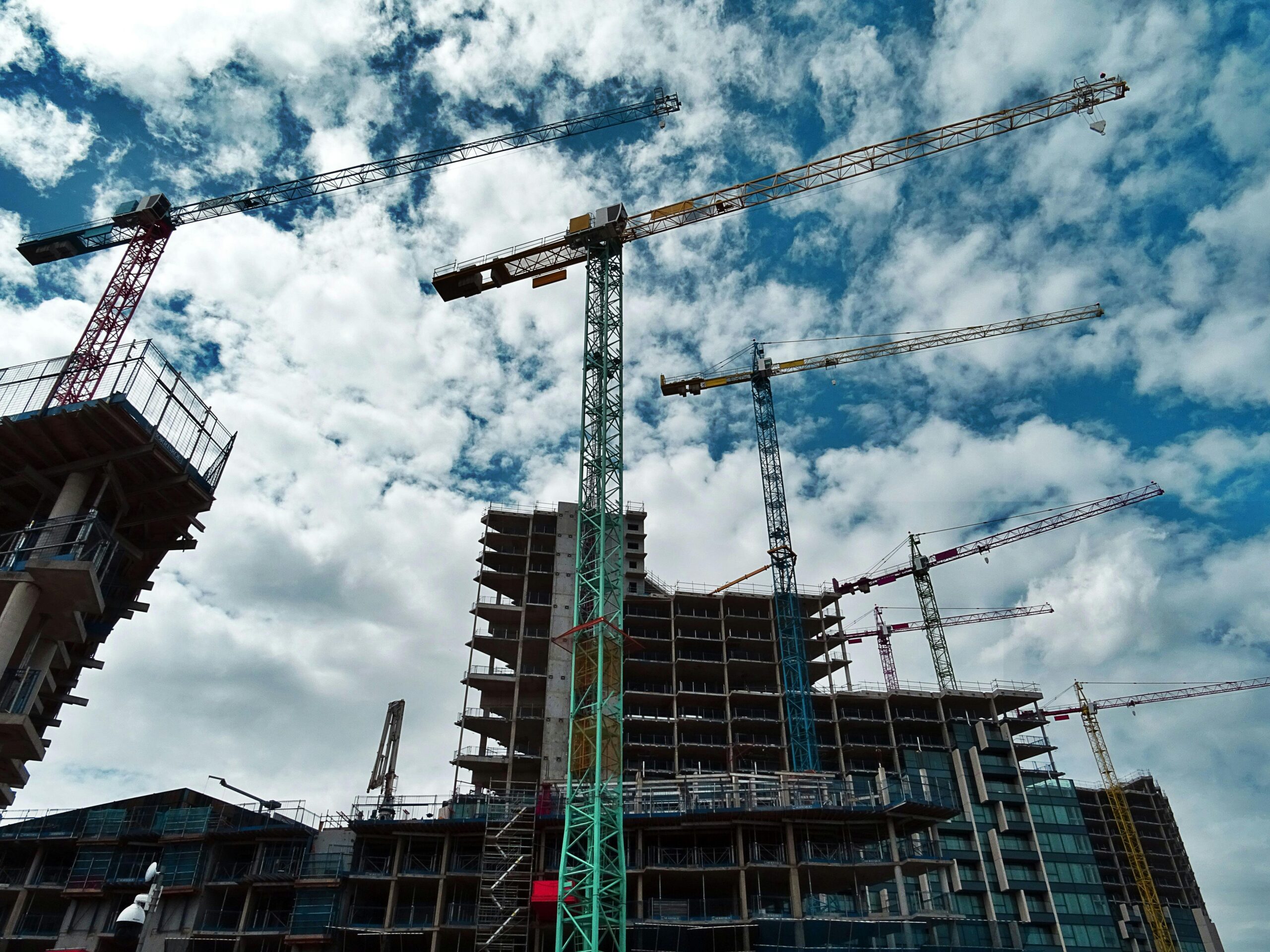Sustainable construction has become increasingly important in recent years as climate change and environmental degradation have become major global concerns. Governments, businesses, and individuals are all recognizing the need for more sustainable practices in the building industry. In response, there has been a surge of innovations in sustainable construction that aim to reduce the environmental impact of buildings while still meeting the needs of modern society.
To know more about these innovations, let’s explore the different ways in which sustainable construction is being incorporated into building design and practices.
Sustainable Materials
One of the key aspects of sustainable construction is the use of eco-friendly materials. Traditional building materials like concrete and steel have a high carbon footprint due to their production process. In contrast, sustainable materials are sourced from renewable sources or recycled materials, and they have a lower impact on the environment.
Some examples of sustainable materials include:
- Bamboo: This fast-growing plant is a popular choice for building structures due to its strength, durability, and renewability.
- Recycled plastic or glass: These materials can be used in place of traditional insulation materials like foam to reduce waste and energy consumption.
- Timber from sustainably managed forests: This is a renewable resource that can be used in place of concrete and steel for structural purposes.
- Straw bales: A natural and renewable material, straw bales have great insulation properties and can be used as an alternative to traditional building materials.
- Metals: The use of recycled metal in construction reduces the need for mining and extraction, making it a more sustainable option. In Utah, laser cutting services are being used to create intricate designs and patterns in recycled metal panels, making them not only eco-friendly but also visually appealing.
Green Building Design
Another innovation in sustainable construction is the use of green building design principles. This involves designing buildings to reduce their environmental impact and maximize energy efficiency. Some common features of green building design include:
- Passive solar design: This involves positioning a building to maximize natural light and heat from the sun, reducing the need for artificial lighting and heating.
- Green roofs: These are living roofs that help reduce heat absorption and provide insulation to buildings, reducing the need for air conditioning.
- Rainwater harvesting: Buildings can be designed to collect and reuse rainwater, reducing the strain on municipal water systems.
- Efficient use of space: By designing buildings with a smaller footprint and utilizing open floor plans, fewer materials are needed in construction, resulting in a more sustainable building.
Energy-Efficient Systems
The use of energy-efficient systems is another important innovation in sustainable construction. These systems include:
- Solar panels: Solar energy is a renewable source of power that can be harnessed to reduce the reliance on fossil fuels.
- Geothermal heating and cooling: This utilizes the constant temperature of the earth to heat and cool buildings, reducing energy consumption.
- Smart lighting and HVAC systems: These systems use sensors and automation to optimize energy usage and reduce waste.
- Energy-efficient appliances: Choosing appliances with high energy ratings can greatly reduce a building’s overall energy consumption.
Technological Advancements
Advancements in technology have also played a key role in making sustainable construction possible. For example:
- 3D printing: This technology allows for the creation of complex and customized building components with minimal waste.
- Virtual and augmented reality: These tools can help architects and engineers design more sustainable buildings by simulating and optimizing energy usage and other factors.
- Building information modeling (BIM): BIM software helps in the planning, design, construction, and management of a building, allowing for more efficient use of resources and materials.
Conclusion
Sustainable construction is not just a passing trend; it is the future of building. The innovations mentioned above are just a few examples of how the industry is evolving to meet the demands for more environmentally-friendly practices. As technology continues to advance, we can expect even more innovative solutions to be developed, making sustainable construction an integral part of building design and practices. Let’s embrace these innovations and work towards a greener future for generations to come. So, let’s join hands to build a better and more sustainable future for all.

